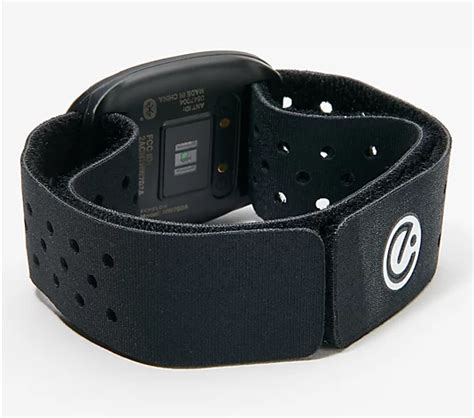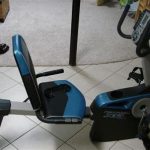Echelon all new heart rate monitor connects to our advanced Echelon Fit app and displays your heart rate on the screen, plus captures data in your history for workouts.

Keeping fit is important for both our physical and mental health. However, going to a gym sometimes seems impractical when we have a busy schedule. The Echelon fitness app is the perfect solution. You get access to different classes and trainers for every fitness level, and you can work out anytime, anywhere. But which heart rate monitor works with Echelon?
The Echelon Fit app is compatible with a variety of wristband heart rate monitors. You can connect any heart rate monitor with standard Bluetooth capabilities. However, the app can only connect to Strava and Fitbit accounts, not the devices.
There are many benefits to monitoring your heart rate while exercising. Read on to find out how to improve your workouts with heart rate monitors and which devices connect best with the Echelon Fit app.
Which Heart Monitors Work Best with Echelon Fit App?
You can connect various heart rate monitors to the Echelon fitness app if it has standard Bluetooth capabilities. The heart rate monitor gives you real-time data on your heart rate while you work out and stores it in your history.
Echelon Armband
You can purchase the Echelon armband if you consider connecting a heart rate monitor to your Echelon fit app. The armband has an LED indicator that changes colors to know your workout intensity level on your heart rate monitor.
Fitbit & Strava Accounts
Additionally, you can connect the Echelon Fit app to Fitbit and Strava accounts to access your account’s data on your speed, time, calories, and distance.
Here’s how:
- Log into your Echelon Fit app
- Click on the Strava logo
- Authorize to sync your information
- To connect your Fitbit account, click on the Fitbit logo in your Echelon account
- Log into the account
- Click allow all
Now, let’s look at how to connect heart monitors using the Echelon Fit app.
How Do I Connect a Heart Monitor to The Echelon Fit App?
When you connect a heart monitor to your Echelon fit app, you access real-time information on your heart rate as you exercise. Consequently, you can monitor your progress, achieve optimum heart rate, and avoid overexertion.
Follow these simple steps to connect your heart monitor to the app:
- If you use a chest heart rate monitor inside the ride, ensure you install it and the sensors are moist
- Touch the heart icon
- If connecting a wrist heart rate monitor while exercising, ensure that it is in pairing mode
- Tap the heart icon on the screen
You should ensure that the heart rate monitor has Bluetooth capabilities to connect. However, do not use the Bluetooth setting on your device when trying to connect.
Why Is a Heart Monitor Important During Exercise?
Wearable devices like heart monitors give us information about the workout and general health when exercising. Although you do not need to have a heart monitor to maintain an active lifestyle, it helps you determine how intense your workout is.
What’s new at Echelon fitness?
More Great Fitness Gear from Echelon ! Add a layer of comfort to your workouts while protecting your floors from dents and damage with this exercise mat. Echelon all new heart rate monitor connects to our advanced Echelon Fit app and displays your heart rate on the screen, plus captures data in your history for workouts.
How do I use my heart rate monitor during a ride?
Make sure you installed the heart rate monitor on your chest, and the sensors are moist. For a wrist heart rate monitor, make sure it is in pairing mode (an Echelon one with be flashing blue once you press the button on the side), then simply tap the Heart icon on-screen during a ride.
What can a heart monitor tell you about your health?
The heart’s electrical activity can often provide clues into patient’s symptoms, such as palpitations or feeling dizzy. If there are extra beats or slow heart rates this can help make a diagnosis and provide clues into specific therapies such as needing a pacemaker or anti-arrhythmic medication. What are the different types of heart monitors?

